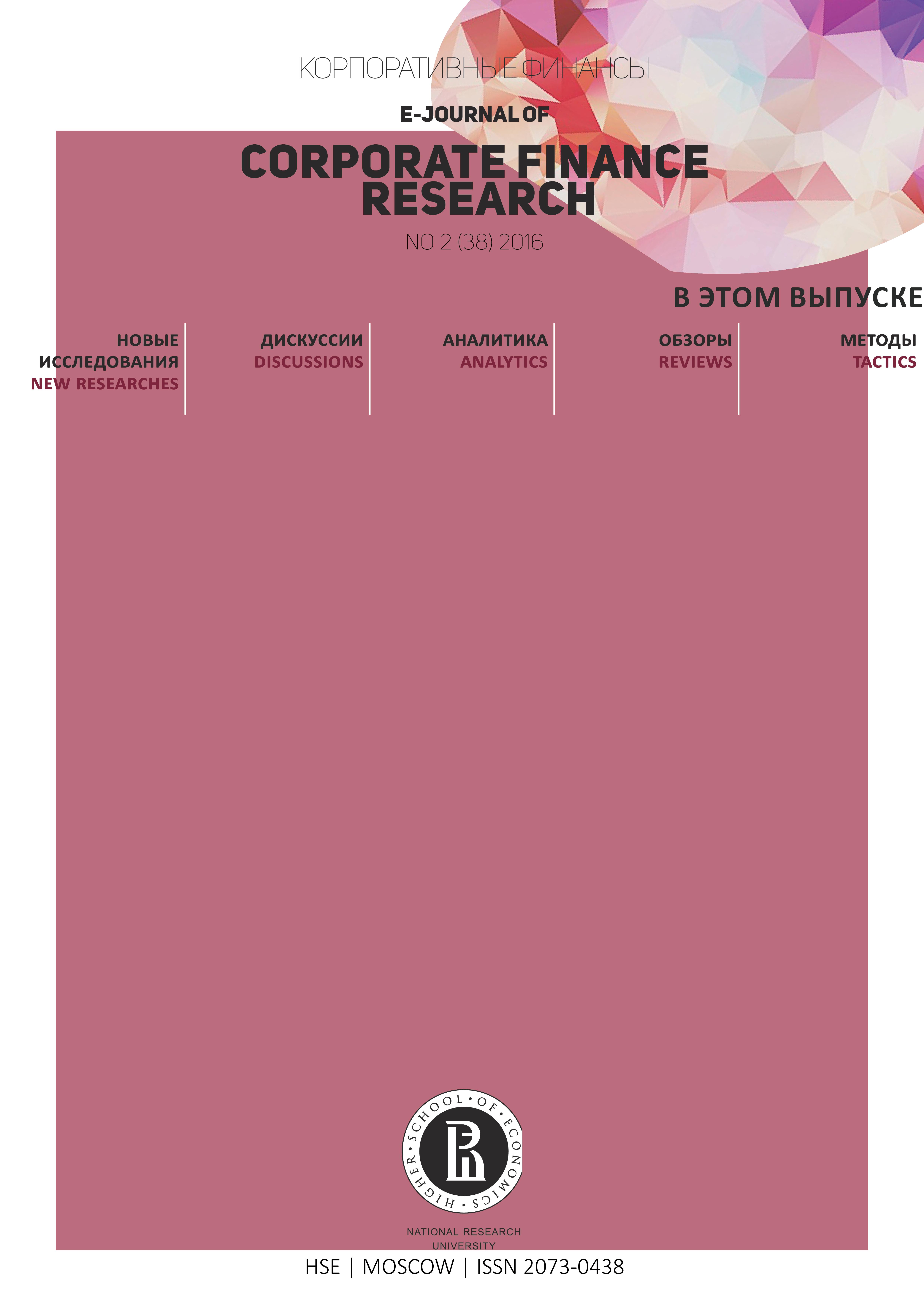Exchange Traded Funds (ETF): history, mechanism, academic literature review and research perspectives
Abstract
Evgeny Borisovich Tarasov - National Research University "Higher School of Economics".
E-mail: etarasov@hse.ru
Prior to March of 2016, when the first exchange traded fund (ETF) on RTS was introduced, Russian investors’ only option for investing in the domestic index was through a mutual fund. By contrast, the majority world stock exchanges have been giving their clients the option to invest in their leading domestic indexes not only via index mutual funds but also via exchange traded funds (ETF) since decades. Their absence and therefore the lake of familiarity with these funds might be one of the several reasons Russian investors have been willing to pay a premium for ETF investments through intermediaries relative to what they would pay investing directly. Large number of investors buy western ETF via mutual funds. The premiums Russian mutual funds charge for investing in ETFs translate on up to a 36% premium over a 10-year horizon, compared to buying the same ETF directly. This paper introduces to a broader Russian speaking community ETFs, one of the most important financial innovations of the last 20 years, and provides a survey of the research done in this field. This paper reviews the literature on ETFs and provides a brief history of ETFs and these funds’ investment mechanism. In conclusion, some ideas for further research are suggested.The existing paper are divvied in three groups that unite six topics:The first group of literature is devoted to traditional ETF. There are two topics:1. Is the ETF substitute for index mutual funds? If yes, to which level? If it is substitute, why it did not still the index funds?2. Which influence has the introduction of an ETF on the active that it tracks. This topic covers also liquidity, hedge and arbitrage. Second group of papers emerging recently unites the following topics:3. How effective are the ETF tracking the foreign indexes?4. ETF development besides USA. 5. ETF that track not the share indexes. New generation ETF: synthetic, leveraged, actively managed and smart-beta.Third group of papers devoted to the following topic:6. ETF use for optimal portfolio construction.

